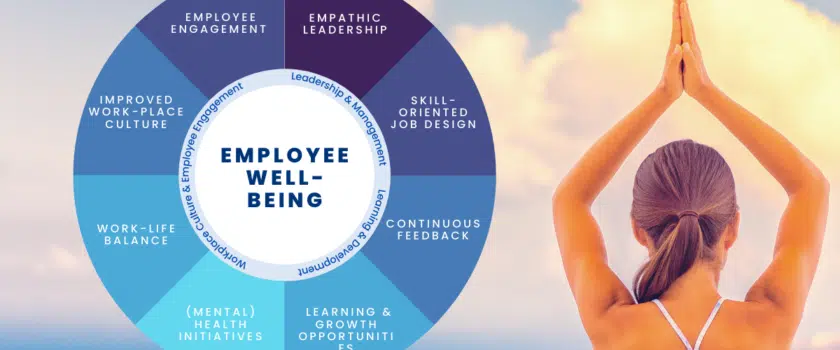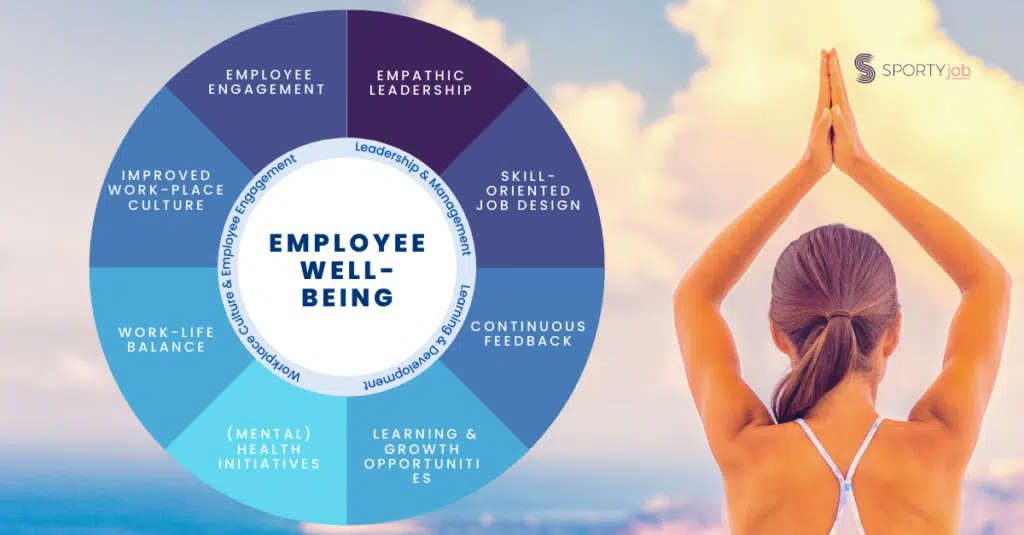
Boosting Employee Well-Being: A Game Plan for the Sporting Goods Industry
No industry, including the sporting goods sector, is immune to the struggles of maintaining employee well-being, especially post-pandemic. These challenges infiltrate deeper than the physical confines of office cubicles or factory floors, affecting the heart of our working structures. As a recent Deloitte survey of 1,274 US workers reveals, it’s leadership behaviors, job design, and work methods that significantly impact employee well-being.
Evolving Beyond Standard Well-Being Initiatives
In yesteryears, companies often leaned on the crutch of perks and programs to boost employee morale. While these measures still hold value, they alone are unable to tackle the multifaceted challenges of today. It’s like expecting a world-class athlete to excel with just a top-quality racket – we need to do more. Sporting goods companies must ditch the old playbook and adopt a comprehensive strategy, shifting from an individual-centric model to a holistic one that fosters human sustainability, benefiting employees, organizations, and society at large.
Leadership: The Heart of the Matter
The significance of good leadership in cultivating a healthy work environment can’t be emphasized enough. Entrusting these responsibilities solely to human resources is like passing the ball and forgetting the play. As underscored by the Deloitte survey, certain leadership behaviors, including micromanagement and empathy gaps, can derail employee well-being.
Leaders must step up and not only coach their managers on empathy and psychological safety but also lead by example. By showing genuine care, acknowledging employees’ efforts, and treating them with respect, leaders can breed a culture of trust, which allows employees to perform their best and contribute to organizational well-being.
Job Design: The Blueprint for Success
Similar to how the design of sports gear influences its performance, job design significantly affects employee well-being. In an industry that thrives on creativity and innovation like ours, it’s crucial to design job roles that offer opportunities for growth and creative involvement.
When employees’ roles resonate with their strengths and interests, it not only heightens their job satisfaction but also fuels productivity. This symbiosis, amplified by a clear link between daily tasks and the broader company mission, can be a touchdown for employee well-being.

Revamping Work Methods
As technology propels us forward, work methods have transformed dramatically, often spawning digital fatigue and incessant task-switching. The sporting goods industry isn’t a bystander to these shifts, which can heavily weigh on employees’ well-being.
By embracing flexible work arrangements and promoting efficient use of collaboration tools, we can soften these blows. Setting clear communication standards and capping meeting times, for instance, can keep digital fatigue at bay. The endgame here is to help employees strike a healthy balance between their work and personal lives, much like how a well-crafted sports equipment enhances an athlete’s performance.
Sprinting Towards a Brighter Future in Employee Well-Being
The quest for enhancing employee well-being is a marathon, not a sprint. As the Deloitte survey suggests, this challenge requires an exhaustive approach that goes beyond conventional well-being initiatives.
The focus needs to be on shaping leadership behaviors, refining job design, and reimagining work methods. By tailoring these facets and fostering an environment that prioritizes and cultivates employee well-being, companies can boost productivity, innovation, and overall organizational health.
The finish line? A workplace model that champions human sustainability. Adopting this strategy allows the sporting goods industry to tackle employee well-being head-on, setting the pace for a brighter, more prosperous future.
